|
|
|
|
|
|
|
|
Photo Gallery for Agkistrodon contortrix - Eastern Copperhead
| 45 photos are available. Only the most recent 30 are shown.
|
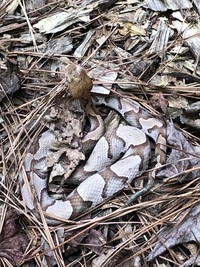 | Recorded by: Caleb Garner
Wake Co.
Comment: |  | Recorded by: Caleb Garner
Wake Co.
Comment: |
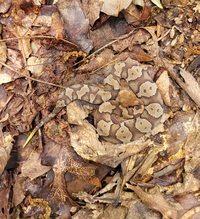 | Recorded by: Andrew W. Jones, James Cadolino
Polk Co.
Comment: |  | Recorded by: J. Mickey
Wilkes Co.
Comment: |
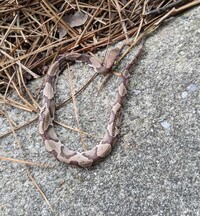 | Recorded by: Erich Hofmann and Kayla Weinfurther
New Hanover Co.
Comment: | 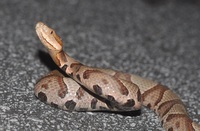 | Recorded by: K. Bischof
Transylvania Co.
Comment: |
 | Recorded by: Travis McLain
Transylvania Co.
Comment: | 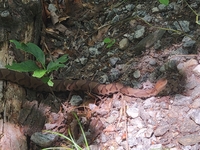 | Recorded by: Travis McLain
Transylvania Co.
Comment: |
 | Recorded by: K. Bischof
Transylvania Co.
Comment: |  | Recorded by: Erich Hofmann and Kayla Weinfurther
Columbus Co.
Comment: |
 | Recorded by: Erich Hofmann and Kayla Weinfurther
Columbus Co.
Comment: |  | Recorded by: Erich P. Hofmann and Kayla Weinfurther
Columbus Co.
Comment: |
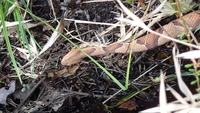 | Recorded by: Erich P. Hofmann and Kayla Weinfurther
Columbus Co.
Comment: |  | Recorded by: A. Ranson
Durham Co.
Comment: |
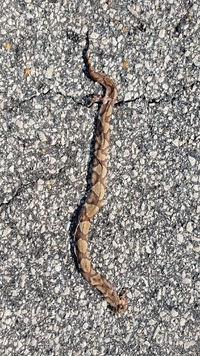 | Recorded by: Sam Bluestein
Hyde Co.
Comment: |  | Recorded by: Sam Bluestein
Hyde Co.
Comment: |
 | Recorded by: K. Bischof
Transylvania Co.
Comment: |  | Recorded by: J. Mickey
Wilkes Co.
Comment: |
 | Recorded by: K. Bischof
Transylvania Co.
Comment: |  | Recorded by: J. Mickey
Wilkes Co.
Comment: |
 | Recorded by: K. Bischof
Transylvania Co.
Comment: |  | Recorded by: J. Mickey
Wilkes Co.
Comment: |
 | Recorded by: Hunter Phillips
Wayne Co.
Comment: | 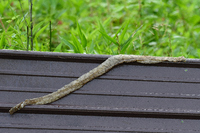 | Recorded by: J. Mickey
Wilkes Co.
Comment: |
 | Recorded by: J. Mickey
Wilkes Co.
Comment: |  | Recorded by: J. Mickey
Wilkes Co.
Comment: |
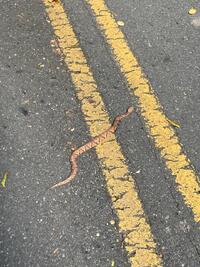 | Recorded by: L. Mallette
Ashe Co.
Comment: |  | Recorded by: J. Mickey
Wilkes Co.
Comment: |
 | Recorded by: R. Evans
Onslow Co.
Comment: |  | Recorded by: C. Taunton
Wake Co.
Comment: |
|
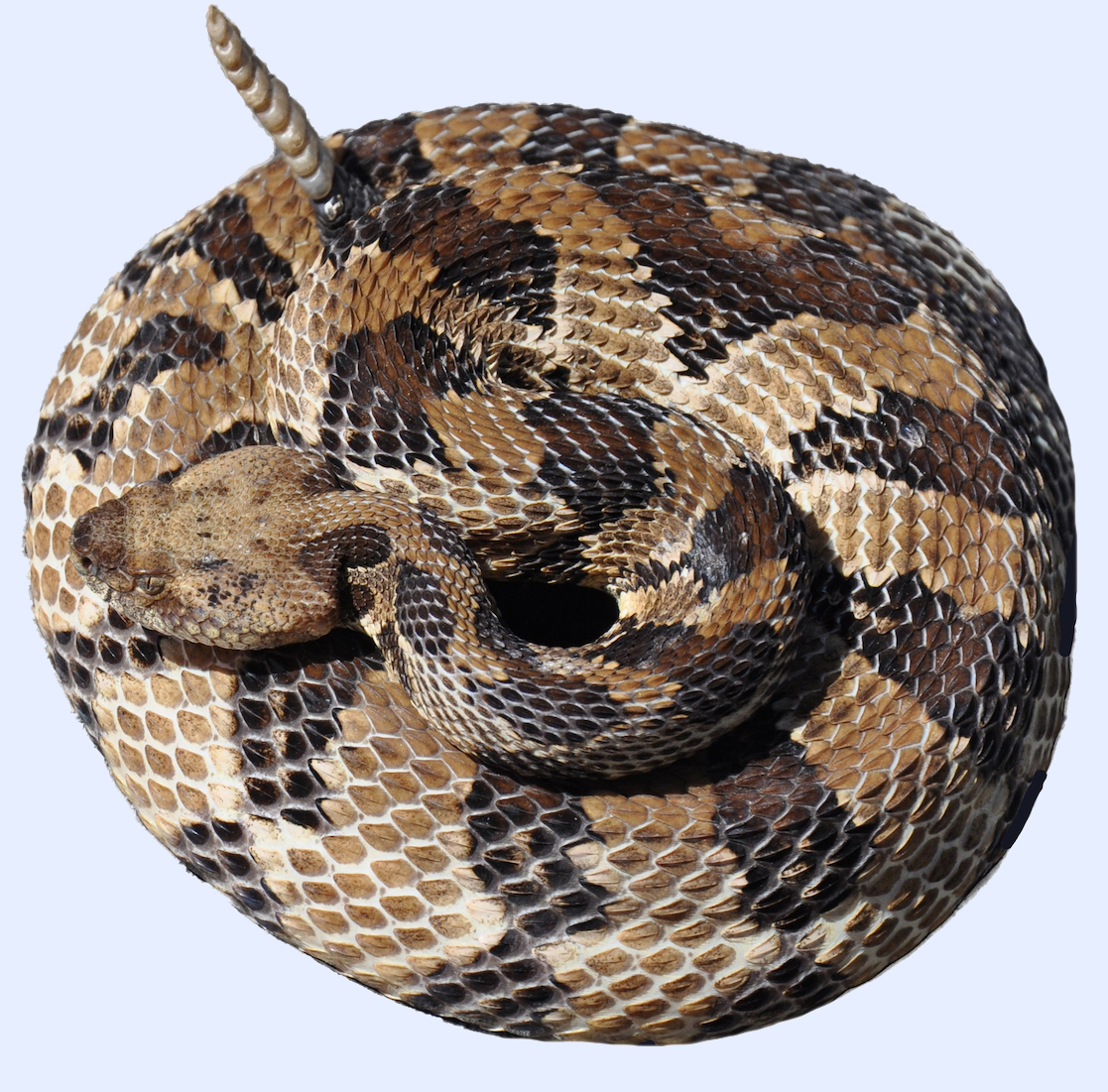
 »
» 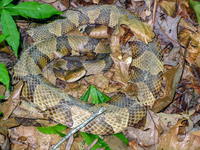



 »
» 

